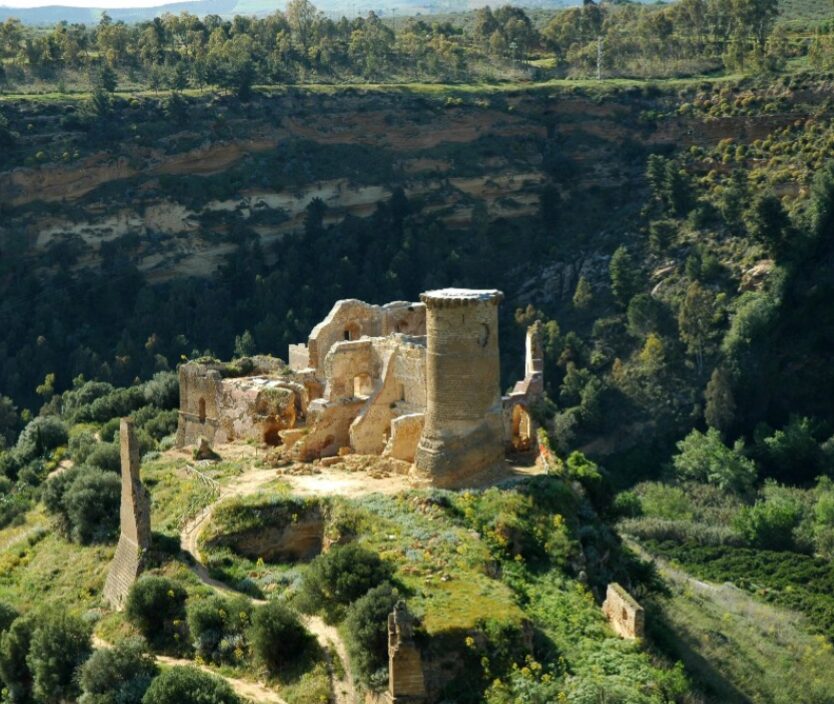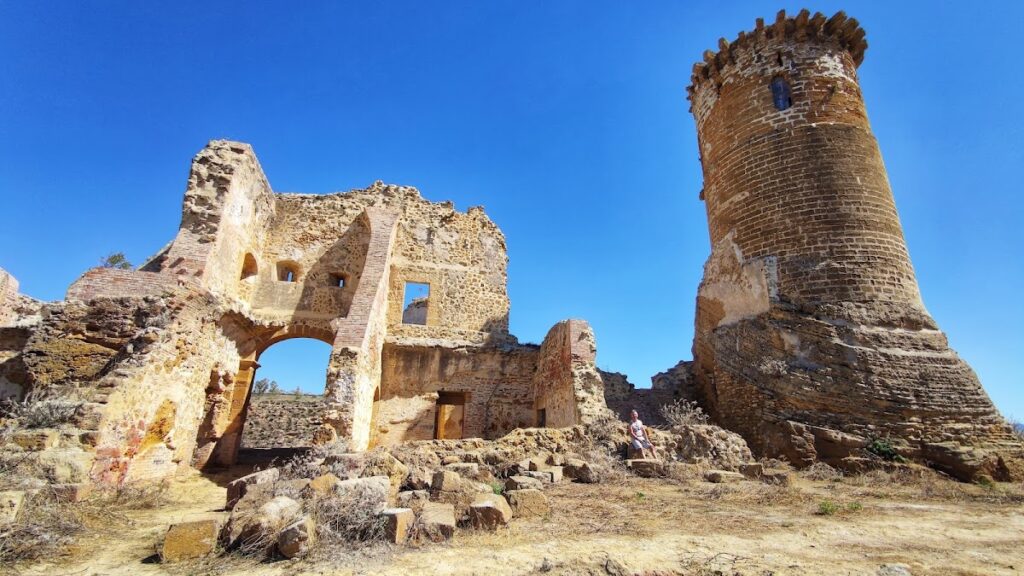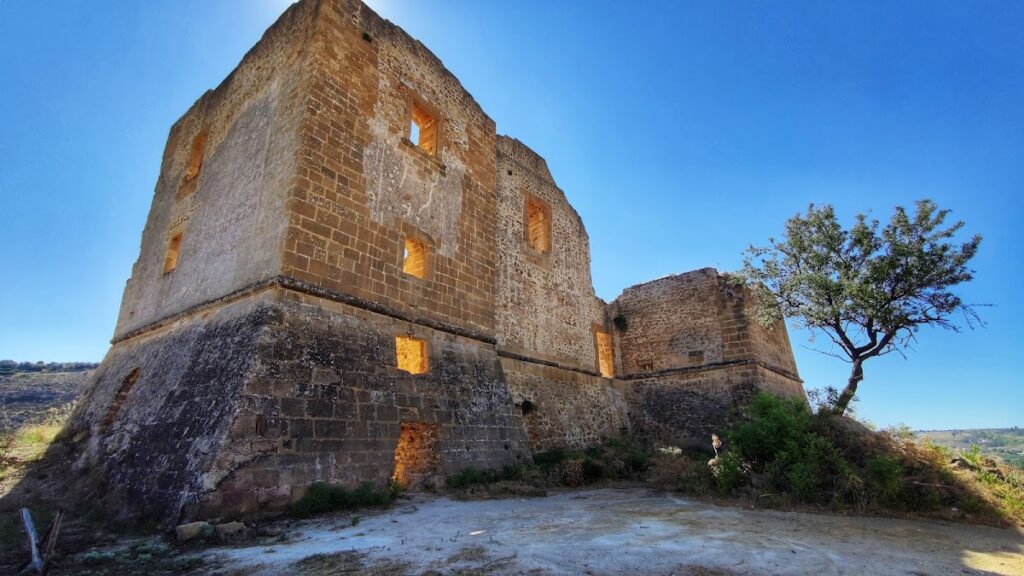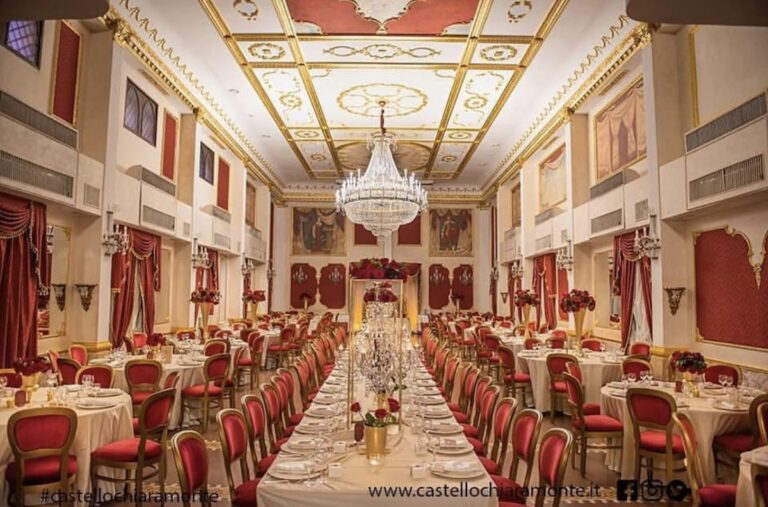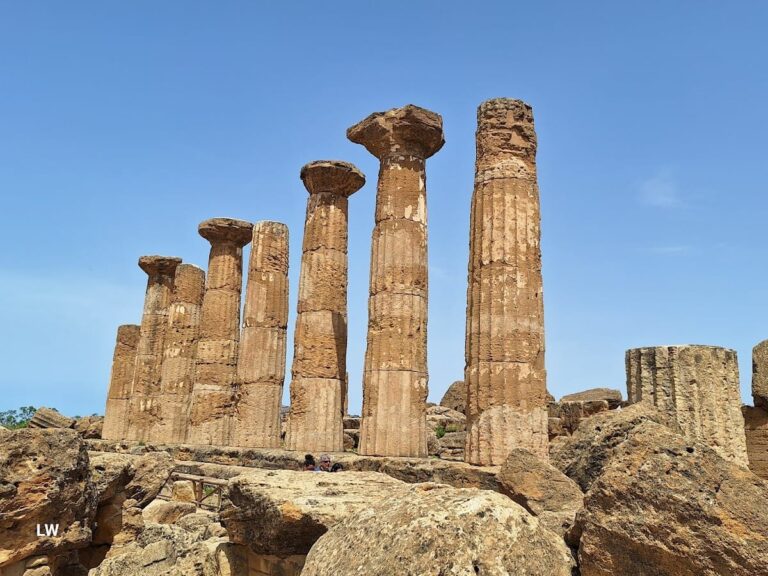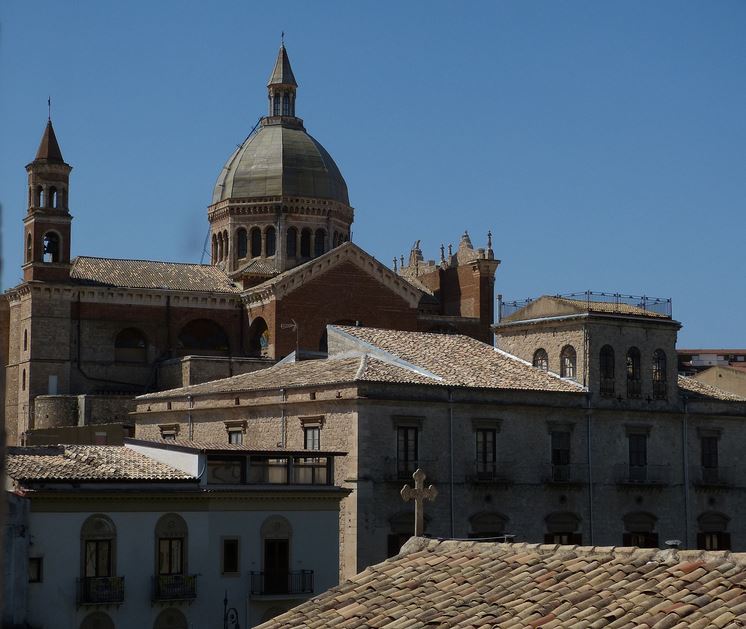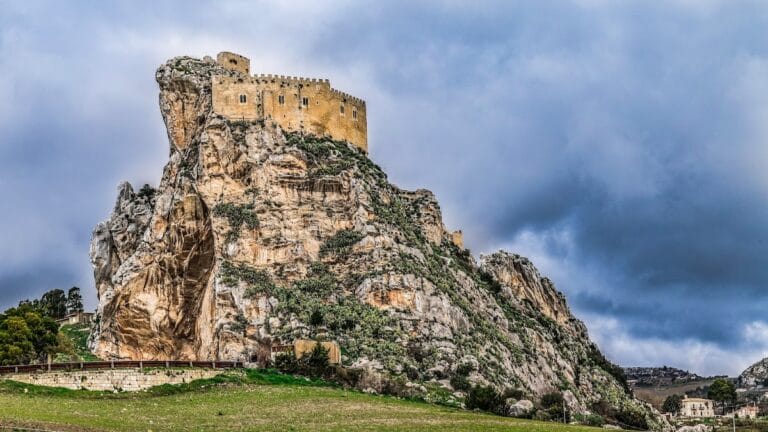Castello di Poggiodiana: A Norman Fortress in Ribera, Italy
Visitor Information
Google Rating: 4.1
Popularity: Low
Google Maps: View on Google Maps
Official Website: www.comune.ribera.ag.it
Country: Italy
Civilization: Unclassified
Remains: Military
History
Castello di Poggiodiana is a Norman fortress located in the town of Ribera in modern-day Italy. It was established in the 12th century during the period of Norman expansion in Sicily, serving as a defensive stronghold over the surrounding territory.
Initially, the castle was known by its Saracen name, Misilcassino, which translates to “place of descent on horseback.” This name reflects the site’s early association with Arab rulers before the Norman conquest. After its construction, the fortress took on a critical military role in protecting small communities and controlling lands situated between the Platani River near ancient Eraclea Minoa and the fortified site of Triocala, which corresponds to present-day Caltabellotta.
Over the centuries, the ownership of the castle shifted multiple times. It was granted to the Maletta family, followed by inheritance through marriage or lineage to Scaloro degli Uberti, who ultimately lost it as a consequence of treason. Subsequently, the castle passed into the hands of the Monterosso family and later the powerful Chiaramonte family. Eventually, it came under the possession of Guglielmo Peralta. During the 15th century, the Counts Luna acquired the fortress. The castle’s present name commemorates Diana Moncada, daughter of Prince Luigi Guglielmo Moncada of Paternò, who married Vincenzo Luna, linking the estate to the Moncada and Luna noble houses.
The castle’s battlemented tower has long held cultural significance for the inhabitants of Ribera. It appears as a prominent element in the town’s coat of arms and has influenced the naming of local media outlets, including a radio station and a former television channel, underscoring its enduring symbolic presence.
Remains
The ruins of Castello di Poggiodiana encompass an area around 3,000 square meters and are perched on a cliff exceeding 300 meters in height, overlooking the Verdura River valley. The layout follows an irregular plan, adapting to the natural topography of the site, which provided a strategic vantage point to monitor the surrounding landscape. The town of Ribera is situated to the east of the fortress.
What remains of the structure include extended fragments of the perimeter walls and two distinct towers. One tower is rectangular in shape, while the other is cylindrical, rising approximately 25 meters high with a circumference near 30 meters. The cylindrical tower notably features battlemented corbels—those are projecting stones that support the defensive parapet, characteristic of medieval military architecture. These elements highlight the fortress’s primary function as a defensive stronghold.
The inner section of the castle was fortified with a row of buildings roughly 20 meters tall, forming a secondary line of defense behind the perimeter walls. The entrance to the fortress consisted of a pointed arch gate, which led into a second courtyard area. Within this courtyard stood facilities essential to the castle’s operation, including a guard post, an armory for weapons storage, storerooms for provisions, and stables for horses.
From this courtyard, staircases ascended to the upper stories where the lords of the castle lived in large residential apartments. These quarters would have been the administrative and domestic heart of the stronghold, combining military and noble functions within the same complex.
Today, the castle stands in a state of ruin, with these significant architectural features still visible in situ, allowing an understanding of its complex defensive design and residential arrangements. The remaining structures and their distinctive elements bear witness to its long history as a seat of noble power and military control in medieval Sicily.
